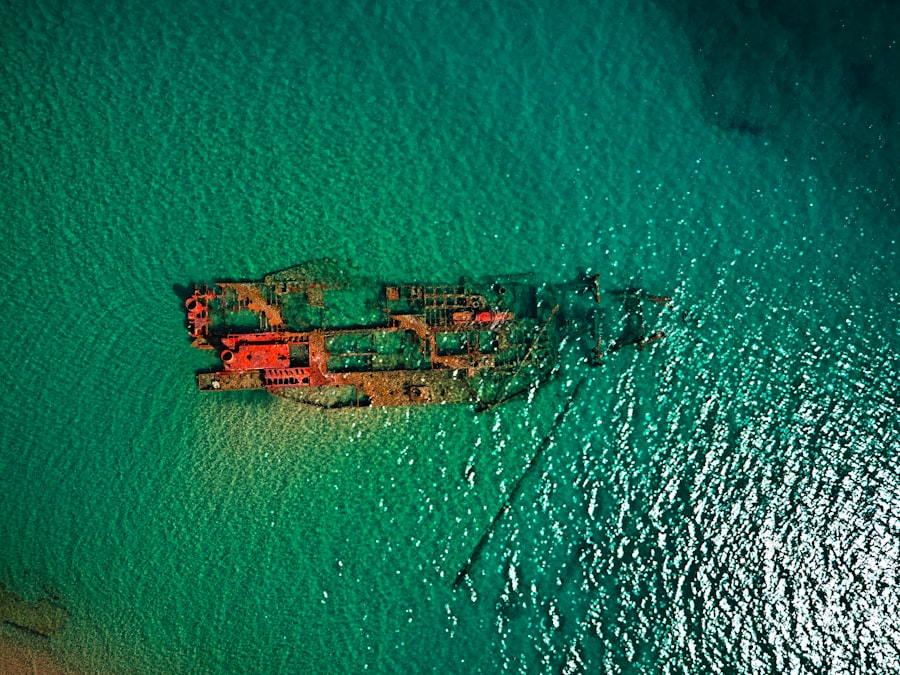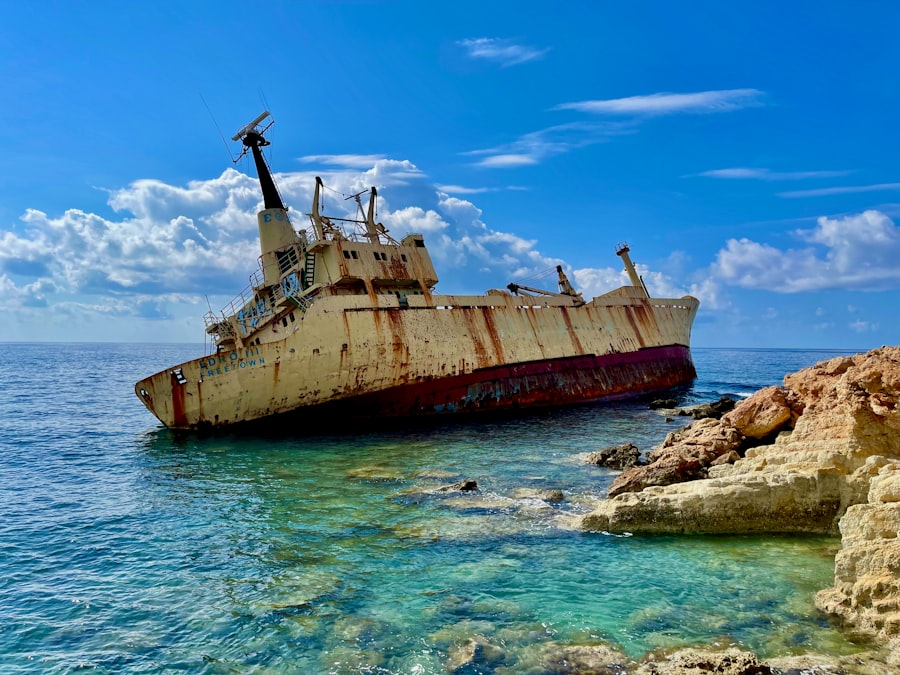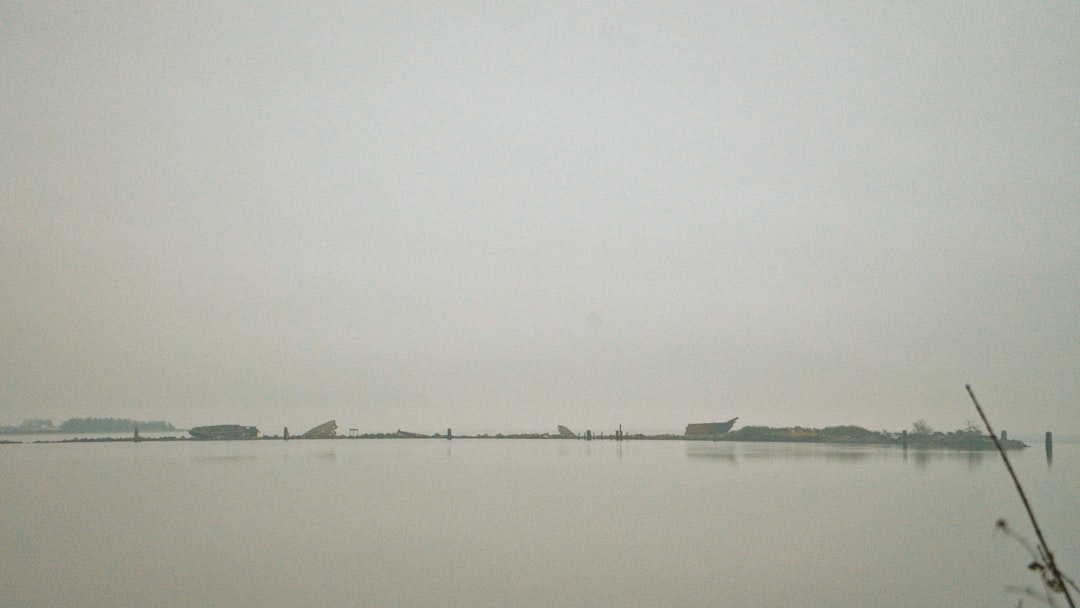The Drake Passage, a body of water situated between the southern tip of South America and Antarctica, serves as a vital maritime corridor connecting the Atlantic and Pacific Oceans. Named after the English explorer Sir Francis Drake, who navigated these waters in the late 16th century, the passage is renowned for its unique geographical and ecological significance. Stretching approximately 600 miles (970 kilometers) in width, it is often regarded as one of the most challenging maritime routes in the world.
The passage not only plays a crucial role in global shipping and trade but also acts as a gateway to the pristine wilderness of Antarctica, attracting adventurers and researchers alike. The waters of the Drake Passage are characterized by their cold temperatures and turbulent conditions, which can change rapidly and without warning. This unpredictability has made it a focal point for maritime exploration and scientific study.
The passage is not merely a geographical feature; it embodies the spirit of adventure and discovery that has driven humanity to explore the farthest reaches of the planet. As such, it holds a special place in the annals of maritime history, serving as both a barrier and a bridge to one of the last great frontiers on Earth.
Key Takeaways
- The Drake Passage is a body of water between South America’s Cape Horn and the South Shetland Islands of Antarctica, known for its challenging sailing conditions.
- The Drake Passage has a rich historical significance as it was first crossed by Sir Francis Drake in 1578, and has been a key route for explorers, traders, and scientists.
- The treacherous nature of the Drake Passage is due to its strong winds, large waves, and unpredictable weather, making it one of the most dangerous sea routes in the world.
- The impact of weather on the Drake Passage can be severe, with storms and rough seas posing significant risks to ships and passengers.
- Notable shipwrecks in the Drake Passage include the Endurance, which was crushed by ice in 1915 during Ernest Shackleton’s Antarctic expedition, highlighting the dangers of the area.
- Navigating the Drake Passage presents numerous challenges, including icebergs, strong currents, and extreme weather conditions that require skilled and experienced sailors.
- Modern safety measures for crossing the Drake Passage include advanced navigation technology, ice-strengthened vessels, and experienced expedition leaders to ensure safe passage.
- The Drake Passage plays a crucial role in scientific research, providing access to the Antarctic region for studying climate change, oceanography, and marine biology.
- The Drake Passage is home to a diverse range of wildlife, including penguins, seals, whales, and seabirds, making it a popular destination for wildlife enthusiasts and photographers.
- The allure of exploring the Drake Passage lies in its remote and pristine wilderness, offering a unique and unforgettable experience for adventurous travelers and nature lovers.
- In conclusion, the legacy of the Drake Passage is one of adventure, exploration, and scientific discovery, while also serving as a reminder of the formidable forces of nature that shape our world.
Historical significance of the Drake Passage
The historical significance of the Drake Passage cannot be overstated. It has been a critical route for explorers, traders, and scientists for centuries. In the late 1500s, Sir Francis Drake became one of the first Europeans to navigate these treacherous waters, paving the way for future expeditions.
His journey not only contributed to the mapping of the region but also opened up new trade routes that would later be exploited by various nations. The passage became a strategic point during the Age of Exploration, as it provided access to the rich resources of the Pacific and facilitated contact between Europe and the Americas. Throughout history, the Drake Passage has witnessed numerous expeditions that have shaped our understanding of geography and navigation.
Notable figures such as Ferdinand Magellan and James Cook traversed these waters, each contributing to the body of knowledge about this formidable maritime region. The passage has also played a role in military history, serving as a strategic route during conflicts such as World War
The treacherous nature of the Drake Passage

The Drake Passage is infamous for its treacherous conditions, which have earned it a reputation as one of the most dangerous stretches of water in the world. The confluence of powerful ocean currents, particularly the Antarctic Circumpolar Current, creates turbulent seas that can reach heights of over 30 feet (9 meters) during storms. These unpredictable waves pose significant challenges for vessels attempting to navigate through the passage, often leading to harrowing experiences for sailors and passengers alike.
The combination of strong winds and rough seas can turn a routine crossing into a perilous ordeal. Moreover, the passage’s unpredictable weather patterns add another layer of complexity to navigation. Fog, rain, and sudden storms can obscure visibility and create hazardous conditions for even the most experienced mariners.
The Drake Passage serves as a reminder of nature’s power and unpredictability, challenging those who dare to traverse its waters. This treacherous environment has not only claimed ships but has also tested human resilience and ingenuity throughout history.
The impact of weather on the Drake Passage
| Weather Metric | Impact on Drake Passage |
|---|---|
| Wind Speed | High wind speeds can create rough seas and challenging sailing conditions. |
| Temperature | Cold temperatures can lead to icy conditions and affect navigation. |
| Visibility | Poor visibility due to fog or storms can make navigation difficult and dangerous. |
| Wave Height | Large waves can make sailing through the passage hazardous for ships. |
Weather plays a pivotal role in shaping the conditions within the Drake Passage. The region is influenced by a variety of climatic factors, including the cold Antarctic air masses that collide with warmer air from the north. This interaction often results in rapidly changing weather patterns that can shift from calm to chaotic in a matter of minutes.
Mariners must remain vigilant and prepared for sudden changes, as these fluctuations can significantly impact navigation and safety. The impact of weather extends beyond immediate sailing conditions; it also affects marine life and ecosystems within the passage. The cold waters are rich in nutrients, supporting diverse marine species that thrive in this unique environment.
However, climate change poses a growing threat to these ecosystems, altering weather patterns and ocean temperatures. As scientists study these changes, they gain valuable insights into how weather influences not only navigation but also the delicate balance of life within the Drake Passage.
Notable shipwrecks in the Drake Passage
The treacherous nature of the Drake Passage has led to numerous shipwrecks throughout its history, each telling a story of adventure, tragedy, and human endeavor. One of the most infamous incidents occurred in 1914 when Ernest Shackleton’s ship, the Endurance, became trapped in pack ice while attempting to reach Antarctica. The crew’s harrowing journey for survival became legendary, showcasing human resilience in the face of overwhelming odds.
The wreckage of the Endurance was discovered in 2022, providing a poignant reminder of the challenges faced by explorers in this unforgiving region. Another notable shipwreck is that of the SS Central America, which sank in 1857 while carrying gold from California to New York. The ship went down during a storm in the Atlantic Ocean but is often associated with tales of treasure hunting in relation to its connection with maritime routes that include the Drake Passage.
These shipwrecks serve as historical markers, reminding future generations of both the dangers inherent in maritime exploration and the enduring spirit of those who dared to venture into these perilous waters.
The challenges of navigating the Drake Passage

Navigating the Drake Passage presents numerous challenges that require skill, experience, and adaptability from mariners. The unpredictable weather patterns can create hazardous conditions at any moment, necessitating constant vigilance and quick decision-making. Additionally, strong currents can affect a vessel’s course, making it essential for navigators to have an intimate understanding of oceanography and meteorology.
The combination of these factors means that even seasoned sailors must approach each crossing with caution and respect for the power of nature. Moreover, technological advancements have improved navigation tools over time; however, they cannot eliminate all risks associated with traversing this formidable passage. Modern vessels are equipped with sophisticated radar systems and GPS technology that enhance safety and efficiency.
Yet, mariners must still rely on traditional seamanship skills to interpret changing conditions accurately. The challenges posed by the Drake Passage serve as a testament to both human ingenuity and humility in the face of nature’s might.
Modern safety measures for crossing the Drake Passage
In response to the inherent dangers associated with crossing the Drake Passage, modern safety measures have been implemented to enhance maritime safety. Regulatory bodies have established guidelines for vessels operating in these waters, ensuring that ships are equipped with necessary safety equipment such as life rafts, emergency beacons, and communication devices. Crew training programs emphasize preparedness for emergencies, including man-overboard situations and severe weather events.
Additionally, advancements in weather forecasting technology have significantly improved safety for those navigating these waters. Real-time data on wind speeds, wave heights, and storm systems allow mariners to make informed decisions about their routes and timing. These modern safety measures reflect an ongoing commitment to protecting lives at sea while acknowledging the challenges posed by one of nature’s most formidable maritime environments.
The role of the Drake Passage in scientific research
The Drake Passage serves as an important site for scientific research due to its unique ecological characteristics and its position as a gateway to Antarctica. Researchers study ocean currents, marine ecosystems, and climate change impacts within this region to gain insights into broader environmental trends affecting our planet. The passage’s cold waters are rich in nutrients that support diverse marine life, making it an ideal location for studying biodiversity and ecosystem dynamics.
Moreover, scientific expeditions often utilize the passage as a route to access Antarctica for research purposes. Studies conducted in this remote region contribute to our understanding of climate change effects on polar ice caps and global sea levels. As scientists continue to explore this vital area, they uncover valuable information that informs conservation efforts and enhances our understanding of Earth’s interconnected systems.
Wildlife in the Drake Passage
The Drake Passage is home to an array of wildlife that thrives in its cold waters and rugged landscapes. Marine mammals such as whales—particularly humpback whales and orcas—frequent these waters during their migratory journeys. Seabirds like albatrosses soar above the waves, while seals bask on ice floes along its shores.
This rich biodiversity attracts researchers and wildlife enthusiasts alike who seek to observe these magnificent creatures in their natural habitat. The unique ecological conditions within the passage create an environment where various species coexist harmoniously. The nutrient-rich waters support thriving populations of krill—an essential food source for many marine animals—while also sustaining fish populations that contribute to local fisheries.
As climate change continues to impact marine ecosystems globally, understanding wildlife dynamics within the Drake Passage becomes increasingly important for conservation efforts aimed at preserving these fragile habitats.
The allure of exploring the Drake Passage
The allure of exploring the Drake Passage lies not only in its breathtaking natural beauty but also in its rich history and sense of adventure. For many travelers, crossing this iconic waterway represents a rite of passage—a chance to experience firsthand one of Earth’s last great frontiers. Adventure seekers are drawn to its rugged landscapes, icy vistas, and opportunities for wildlife encounters that few other places can offer.
Moreover, modern expedition cruises provide travelers with unique opportunities to explore this remote region while benefiting from expert guidance on safety protocols and environmental stewardship practices. As more people seek out authentic experiences in nature’s wildest places, interest in exploring the Drake Passage continues to grow—fostering a deeper appreciation for its significance both historically and ecologically.
The legacy of the Drake Passage
The legacy of the Drake Passage is multifaceted—encompassing historical significance, ecological importance, and human resilience against nature’s challenges. As a vital maritime corridor connecting two oceans while serving as a gateway to Antarctica’s pristine wilderness, it embodies humanity’s enduring spirit of exploration and discovery. From its treacherous waters that have tested sailors throughout history to its role as an essential site for scientific research today—the passage remains an enduring symbol of adventure.
As climate change continues to reshape our planet’s landscapes and ecosystems, understanding regions like the Drake Passage becomes increasingly crucial for future generations. Its legacy serves as both a reminder of our past endeavors at sea while also inspiring ongoing efforts toward conservation and sustainable exploration practices that honor this remarkable natural wonder—a testament to humanity’s relationship with nature itself.
The Drake Passage, known for its treacherous waters and unpredictable weather, has been the site of numerous shipwrecks throughout history. This perilous stretch of sea, connecting the Atlantic and Pacific Oceans between the southern tip of South America and Antarctica, has claimed many vessels due to its strong currents and frequent storms. For those interested in exploring the history and details of shipwrecks in the Drake Passage, a related article can be found on MyGeoQuest. This article provides insights into the challenges faced by ships navigating this infamous route. You can read more about it by visiting this page.
WATCH NOW! Drake Passage: Earth’s Deadliest Waters Revealed
FAQs
What is the Drake Passage?
The Drake Passage is the body of water between the southern tip of South America and the South Shetland Islands of Antarctica. It is known for its rough seas and challenging sailing conditions.
How many shipwrecks are in the Drake Passage?
There are numerous shipwrecks in the Drake Passage, but the exact number is difficult to determine due to the remote and treacherous nature of the area.
Why are there so many shipwrecks in the Drake Passage?
The Drake Passage is known for its unpredictable and severe weather conditions, strong winds, and rough seas, making it a hazardous area for navigation. These factors contribute to the high number of shipwrecks in the region.
Are there efforts to explore and document the shipwrecks in the Drake Passage?
Yes, there have been efforts to explore and document the shipwrecks in the Drake Passage. However, the remote and challenging conditions of the area make it difficult to conduct comprehensive surveys and studies of the shipwrecks.
